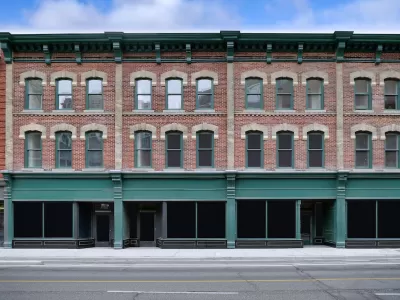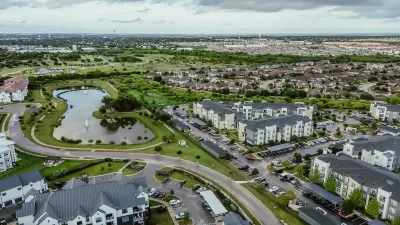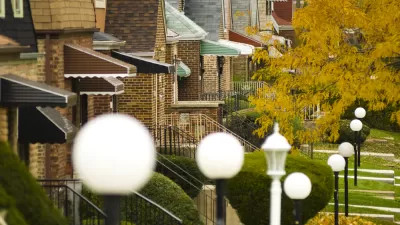The myth that there are plenty of vacant housing units in U.S. cities comes from misconceptions about leasing timelines and developer incentives.

In a piece for Greater Greater Washington, Patrick McAnaney, an affordable housing developer, contradicts the belief that there are enough vacant housing units in the United States to fulfill demand, if only housing was distributed more effectively.
According to McAnaney, “Some level of vacancy is necessary for any functioning real estate market. If there were no vacant units available, finding a home to rent or buy would be impossible. Yet a large number of vacant units can also be a problem, as it indicates an oversupply.” Historically, vacancy rates hover at roughly 7 to 8 percent. A higher vacancy rate gives renters more leverage, while a low vacancy rate forces them to compete and gives landlords more power.
McAnaney explains that brand new apartment buildings typically take around two years to reach ‘stabilization,’ where the vacancy rate hovers at around 6 percent. “This typical lease-up period can lead to a common misconception by outside observers: A new building with high levels of vacancy is perceived as proof more homes didn’t need to be built.”
As of October 2024, the national vacancy rate was 6.8 percent. In Washington, D.C., the rate is 5.3 percent. In McAnaney’s opinion, “There is simply no compelling evidence that a surplus of vacant homes exists, especially in high-cost cities, like the District. Rather, ‘vacancy trutherism’ is largely based on misconceptions regarding lease-up timelines and economic incentives for newly constructed buildings.” In McAnaney’s assessment, “Adding new supply drives up the vacancy rate to the point where it blunts or even reverses price increases.”
FULL STORY: Debunking the vacancy myth

Planetizen Federal Action Tracker
A weekly monitor of how Trump’s orders and actions are impacting planners and planning in America.

Map: Where Senate Republicans Want to Sell Your Public Lands
For public land advocates, the Senate Republicans’ proposal to sell millions of acres of public land in the West is “the biggest fight of their careers.”

Restaurant Patios Were a Pandemic Win — Why Were They so Hard to Keep?
Social distancing requirements and changes in travel patterns prompted cities to pilot new uses for street and sidewalk space. Then it got complicated.

Platform Pilsner: Vancouver Transit Agency Releases... a Beer?
TransLink will receive a portion of every sale of the four-pack.

Toronto Weighs Cheaper Transit, Parking Hikes for Major Events
Special event rates would take effect during large festivals, sports games and concerts to ‘discourage driving, manage congestion and free up space for transit.”

Berlin to Consider Car-Free Zone Larger Than Manhattan
The area bound by the 22-mile Ringbahn would still allow 12 uses of a private automobile per year per person, and several other exemptions.
Urban Design for Planners 1: Software Tools
This six-course series explores essential urban design concepts using open source software and equips planners with the tools they need to participate fully in the urban design process.
Planning for Universal Design
Learn the tools for implementing Universal Design in planning regulations.
Heyer Gruel & Associates PA
JM Goldson LLC
Custer County Colorado
City of Camden Redevelopment Agency
City of Astoria
Transportation Research & Education Center (TREC) at Portland State University
Camden Redevelopment Agency
City of Claremont
Municipality of Princeton (NJ)





























